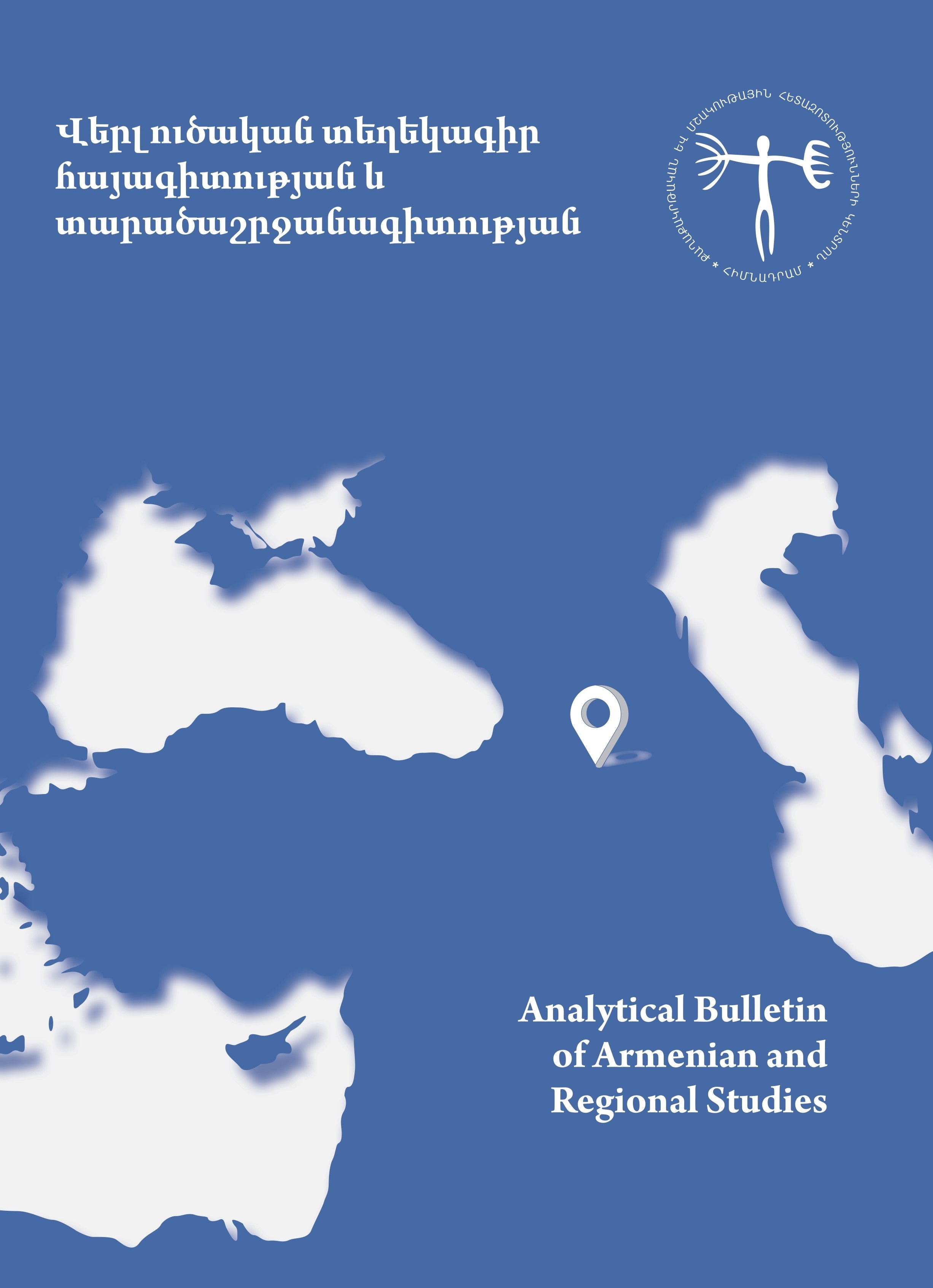SEARCHING FOR A PLACE: THE CASE OF IDPS OF ABKHAZIA
Keywords:
Abkhazia, Conflict, Migration, Identity, Resettlement, Place IdentityAbstract
Within the disintegration of the Soviet Union, Georgia turned into a war zone. Territorial conflict over Abkhazia occurred in 1992 and lasted for over one year. This event traumatized thousands of Georgian families who were forced to leave their homes in order to survive and find peaceful shelters. Most of them had nowhere to go and were settled in the old stateowned building. Those people who migrated inside the Georgian state were identified as internally displaced persons (IDPs.) Over the years, they were trying to overcome the trauma of survival and losses. However, memories that remained after the war changed their identities, and their personal and social development. There is a stark contrast between old and new lives, which led to the tendency to shy away from reality and travel to the imaginary past. Most of the people who migrated could not regulate time and space rapture. It took a significant amount of time to realize the need to adapt to their new communities. The current situation indicates that nostalgia for the past still exists in the lives of internally displaced people, despite being able to attempt to balance the past and present. This paper utilizes the cause-effect structure and explains how and why war migration changed the lives of Georgian IDPs.
References
Barghuthi, Murid. :”I saw Ramallah” . USA, Anchor Books, 2003. Burke, Peter & Stryker, Sheldon.“The Past, Present, and Future of an Identity Theory”. Social Psychology Quarterly. Vol. 63, No. 4, 2000.
Gomperts, Wouter. “Similar and Yet Different. Psychoanalytical Psychotherapy among Immigrants and Refugees.” In Anne Marie Schloesser & Alf Gerlach’s Crossing Borders –integrating differences Psychoanalytic Psychotherapy in transition. Carnag, London, 2010.
Psychoanalytic Psychotherapy in transition. Carnag, London, 2010. Hall. Edward. “The Hidden Dimension”. Garden City, N.Y. Doublday, 1966.
Kistemann, Thomas & Lengena Charis. “Sense of place and place identity: Review of neuroscientific evidence”. Health & Place, Vol. 18, No. 5., 2012. 1162-1171.
Kabachnik, Peter., MItchneck, Beth & Regulska, Joanna. “Where and When is Home? The Double Displacement of Georgian IDPs from Abkhazia”. Journal of Refugee Studies Vol. 23, No. 3 , 2010 pp. 315-335.
Lundgren, Minna. “Place matters: return intentions among forcibly displaced young Georgians from Abkhazia living in Tbilisi and Zugdidi”. Caucasus Survey 2016 , Vol. 4, No. 2., 129–148.
Marsella J., Enthony & Ring, Erin. “Human Migration and Immigration: An Overview”. In Adler, Leonore Loeb & Gielen, Peter Uwe’s “Migration: Immigration and Emigration in International Perspective”. USA, Greenwood Publishing Group, 2003.
Radu, Cosmin. “Byond Border “Dwelling”: Temporalizing the BorderSpace through Evenets”. Anthropological Theory. Antrophological theory Vol.10 No. 4., 409–433.
Walmsley, Jim & Lewis, Gareth. People and Environment – Behavioral Approaches in a Human Geography. London. Routledge, 1993
Georgian Ombudsman, Report on Human Rights Situation among Internally Displaced Persons of Georgia - https://www.ombudsman.ge/uploads/other/3/3373.pdf.
Internal Displacement Monitoring Centre. “ A profile of the Internal Displacement Situation” , September 1, 2006 - http://www.internaldisplacement.org/assets/library/Europe/Georgia/pdf/Georgia-September2006.pdf.
International committee of the Red Cross. “Internally Displaced Persons and International Humanitarian Law”, March 31, 2010- https://www.icrc.org/en/document/internally-displaced-persons-andinternational-humanitarian-law-factsheet.





